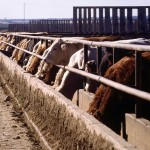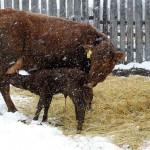Breeding replacement heifers to calve at least 30 days ahead of the cows isn’t just a good idea — it’s a must to give them a fighting chance at rebreeding in time with the main cow herd and establish reproductive momentum for the years to come. “Mother Nature and math leave very little room for […] Read more






